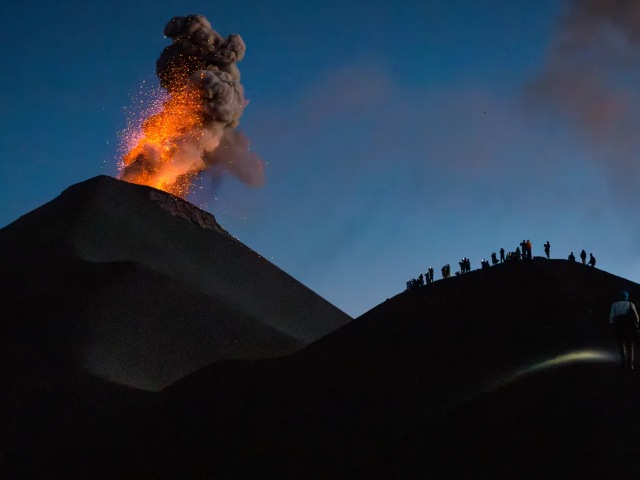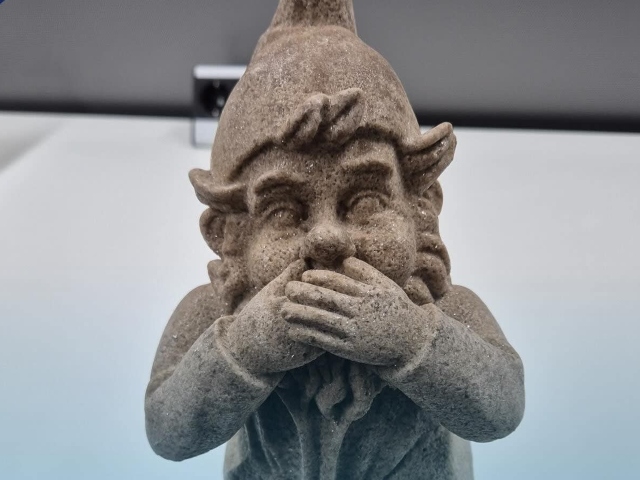
-
Take A Break With National Geographic’s Awe-Inspiring ‘Picture Of The Year’ Series [Images]
25 Nov 2024 by Tayla in Animals, Digital Photography, Environment, Lifestyle, Nature, World
[imagesource: Fuego Volcano / Peter Fisher for National Geographic]
The end of 2024 is creeping up on us already and National Geographic is marking the occasion with its much-anticipated “Picture of the Year” issue.
Packed with jaw-dropping, awe-inspiring, and culturally profound photos from every corner of the globe, it’s like a yearbook for Planet Earth—except with fewer awkward poses and way more breathtaking moments.
On Tuesday, National Geographic unveiled its crème de la crème: the top 20 photos from its fifth annual year-end retrospective. These weren’t just plucked out of thin air; they were chosen from a jaw-dropping 2.3 million submissions—an impressive 300,000 more than last year.
According to National Geographic Editor-in-Chief Nathan Lump, their “dedicated team carefully reviewed” every single image with laser focus and a shared mission: to unearth photos that are as visually stunning as they are thought-provoking, weaving stories that ignite curiosity and leave audiences saying, “Wow, the world is something else!”
“Pictures of the Year is one of my favourite things that we do all year,” Lump told USA TODAY.
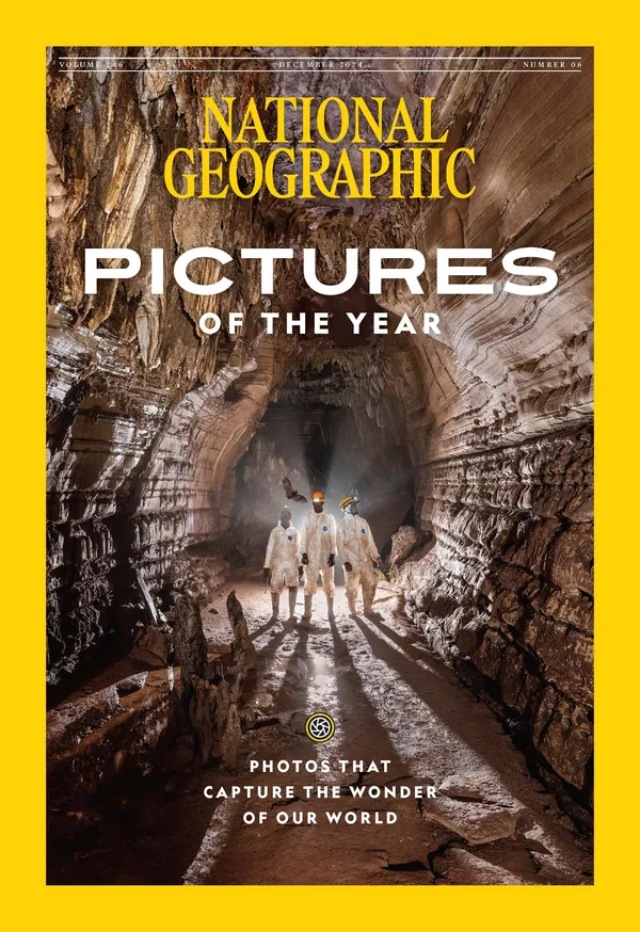
National Geographic
“It’s more than just a collection of great images, it’s a reflection of everything National Geographic embodies: curiosity, exploration, and a commitment to illuminating the beauty and complexity of our world.”
Lump also noted that the final 20 images serve as a “reminder of photography’s ability to illuminate, provoke, and foster a deeper connection with the world around us”, adding that this year’s selection stands out with regards to “its dual power as both a mirror and a lens − showing us the world as it is while offering a glimpse into what it could be.”
Describing the images as “visually arresting” and “deeply thought-provoking,” Lump said the photographs “tell stories of resilience and bravery in the face of change, innovation and adaptation that addresses challenges, and the enduring power of observation and documentation.”
Lump hopes the collection “yields a greater understanding of the world” and inspires audiences to “want to learn more.”
“Whether it’s a penguin jumping from a 50-foot cliff to take its first swim or the awe-inspiring sight of a volcano erupting at night or a group of scientists exploring a cave in Africa, each of these photographs has a real story to tell about the planet and what we are learning about it,” Lump said. “For me, these images serve as a reminder of just how incredible our world is, and how much we need to cherish and preserve it.”
Amen to that.
Let’s dive in, starting with ‘Taking The Plunge’, shot by Bertie Gregory, which shows a young emperor penguin jump off a 50-foot cliff for its first swim in Atka Bay, Antarctica.
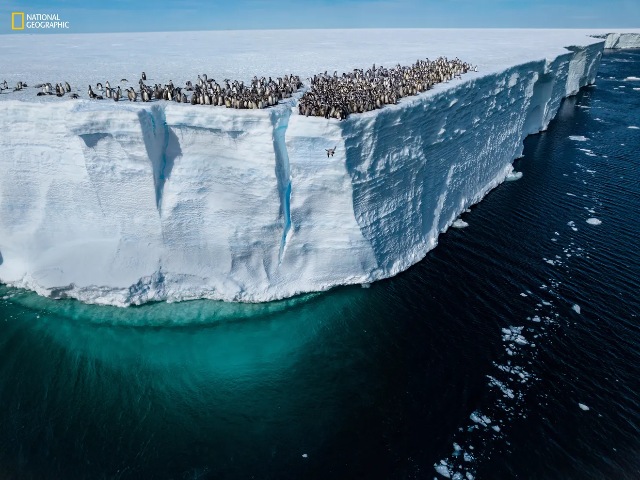
Image: Bertie Gregory for National Geographic
At Germany’s University of Konstanz, photographer Ingo Arndt closely watched an ant colony that would normally be hidden in the forest, capturing a hatchling cracking open its cocoon with its jaw.
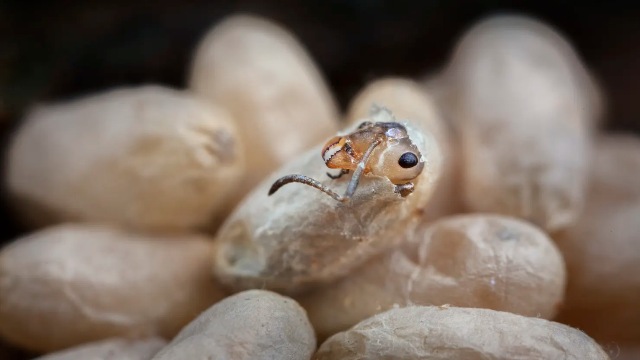
Image: Ingo Arndt for National Geographic
In Nanyuki, Kenya, a scientist holds the 70-day-old fetus of a rhino conceived through in vitro fertilisation.
In January, scientists at the BioRescue project transferred a southern white rhino embryo into a southern white rhino female. But before the pregnancy was confirmed, the rhino died from a bacterial infection. The scientists later discovered the 70-day-old fetus.

Image: Ami Vitale by National Geographic
Still, scientists are hopeful that the successful impregnation may help efforts to save the Northern white rhino, which is on the brink of extinction. Only two are left, according to National Geographic.
Then, in Concan, Texas, Babak Tafreshi captured this image of bats against the night sky. Texas’ Frio Bat Cave is the spring and summer home of approximately 10 million Mexican free-tailed bats.
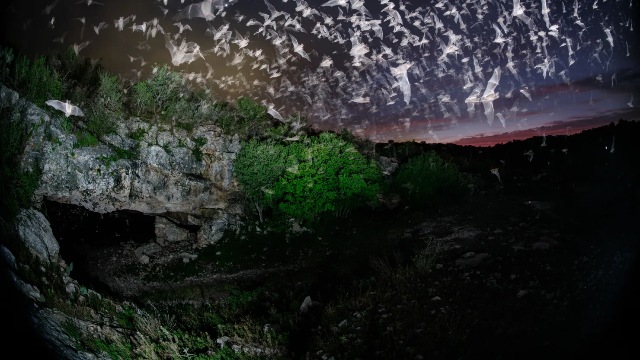
Image: Babak Tafreshi for National Geographic
For almost a decade, Chinky Shukla has been documenting the impact of underground nuclear tests that India conducted in 1974 and 1998.
Sisters Shaheeda, Sabira, and Kammo Khatun were preparing food at home when they felt the blasts in the ’90s. Today they support their families as daily laborers on nearby farms. Of Muslim faith, they chose to cover their faces with their shawls for the photo.
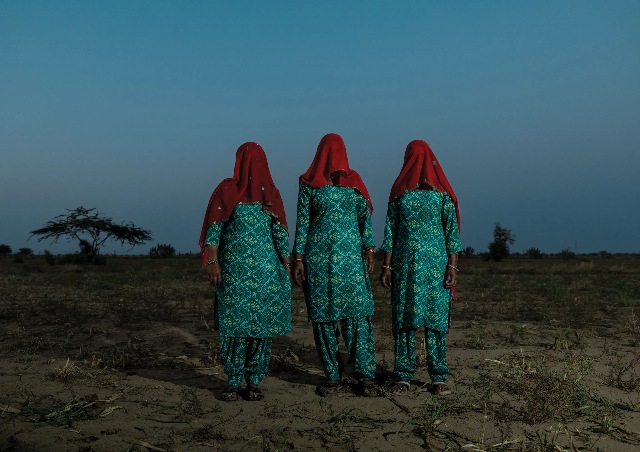
Image: Chinky Shukla for National Geographic
In Jülich, Germany, Davide Monteleone captured this ‘Liquid Fuel from the Sunlight.’
Made using sunlight, water, and carbon dioxide, this solar synthetic fluid has the potential to replace fossil fuels. It could be used to power trucks, ships, and planes without retrofitting. In June, Swiss company Synhelion opened the world’s first industrial-scale plant to produce the energy alternative.

Image: Davide Monteleone for National Geographic
John Stanmeyer found a brood of cicadas in Springfield, Illinois, which made the cut.
Periodical cicadas spend 13 or 17 years in the ground, emerging only to reproduce. Last May and June, for the first time in 221 years, brood XIII, with a 17-year cycle, and brood XIX, with a 13-year cycle, emerged simultaneously in the Midwest and southeastern United States, respectively, filling the air with vibrations as they called out to mate.
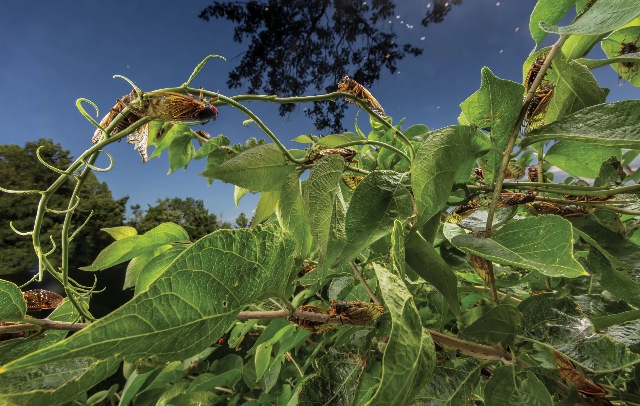
Image: John Stanmeyer for National Geographic
For the full selection of Nat Geo’s ‘Picture of the Year’, head over here.
[source:usatoday]
Latest News
-
A Comprehensive Guide To Stopping Ants From Spoiling Your Summer
[imagesource:needpix] Tired of seeing a never-ending parade of ants marching through yo...
-
Poland’s Prince Stash: From Tripping With Pink Floyd To Becoming A Social Media Star At 82
[imagesource: Prince.Stash / Instagram] We tend to think of the monarchies as all stiff...
-
“We Are Appalled And Disappointed” – Hoax Panic Sends DFW Fire & Rescue Into Frenzied Race To Save Life
[imagesource:Facebook/DFW Fire & Rescue NPC] A frantic call to the DFW Fire & R...
-
Dutch Police Find Garden Gnome Weighing 2kg Made Entirely Of MDMA
[imagesource: Dongemond Police] Police in the southern Netherlands came across a tripp...
-
Something Fascinating Yet Ominous Happens To The Human Brain While In Space
[imagesource:freepik] Scientists took a deep dive into the minds of astronauts who spen...
-

